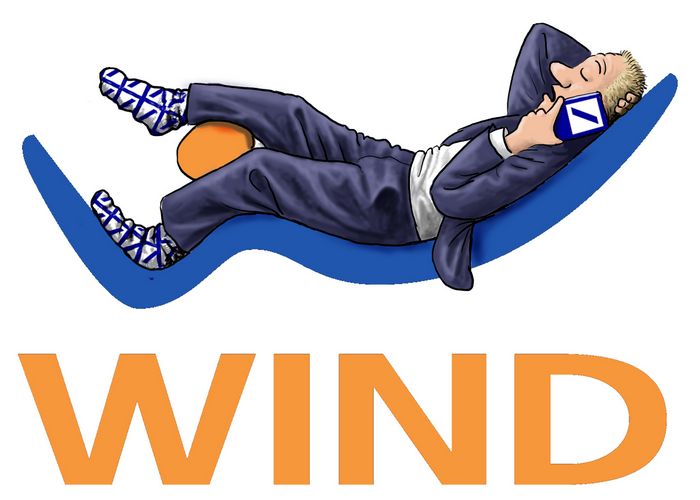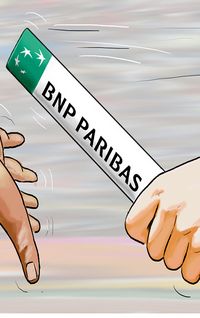Leading from the front
In a year of record-breaking volumes, one bank led the way not just with jumbo trades but also in terms of pushing the boundaries of the market without overstepping the mark. Deutsche Bank is IFR’s Europe High-Yield Bond House of the Year.
2017 was a year of record issuance thanks to high-yield indices grinding ever tighter, providing corporates with unmatched opportunities to raise cheap cash.
Volumes surpassed the peaks of 2014 and, even though the market had a bit of a wobble towards the end of the year, issuers continued to find appetite for trades.
Deutsche Bank was at the centre of much of the activity, acting as lead-left on a host of trades and across a variety of sectors.
The main headline-grabber was the largest high-yield euro trade ever: Italian telecoms company Wind Tre’s €7.325bn-equivalent multi-tranche offering, of which €5.625bn was raised in the single currency. That broke Altice and Numericable’s €4.33bn record from 2014.
And in a record year for floating-rate issuance, the deal included the biggest ever floating-rate tranche for a high-yield corporate through a €2.25bn note offering. The floater served the function of a Term Loan B, which Italian issuers tend to stay away from due to difficulties around withholding tax in Italy.
Deutsche further showcased its credentials for jumbo transactions by also acting as lead-left on SoftBank’s US$6.05bn-equivalent Reg S-only trade, comprising both euro and US dollar notes. The two euro note tranches – an eight-year and a 12-year – raised a total of €2.25bn.
The German bank was also a bookrunner, albeit not a global coordinator, on the €1.075bn dual-tranche bond backing the buyout of German generic drugmaker Stada by private equity groups Bain Capital and Cinven, which was the largest European LBO since the financial crisis.
“I don’t think there’s anyone competing with us on the broader spectrum of acquisition financing and sizeable deals,” said Diarmuid Toomey, head of European high-yield capital markets.
But Deutsche was not just on the big trades, which given the backdrop were not necessarily the toughest to get done.
It demonstrated its execution qualities in the riskier segments of the market too. A trade for Takko, for example, helped the German retailer slash its funding costs, cutting coupons on its new notes by up to 450bp compared with its outstanding bond issue.
A €285m six-year non-call two came at 5.375%, while a €225m six-year non-call one FRN came at three-month Euribor plus 537.5bp.
That meant a big cut in funding costs for the company, which was paying a 9.875% coupon on its outstanding fixed-rate 2019s and Euribor plus 700bp for a 2019 FRN.
“Takko had a lot of baggage,” Toomey said.
In early 2015, Moody’s and S&P had downgraded the company to Triple C territory and its notes were being bid in the 30s.
Takko has since begun to turn its fortunes around, with Moody’s upgrading it by two notches to B2 shortly after the bond mandate was announced. The agency cited “sustained improvement in operating performance, as well as the launch of the refinancing transaction”.
S&P rates the new notes B but has not upgraded the corporate family rating, leaving it at CCC+.
Another trade from the lower end of the ratings spectrum that stood out was wind turbine group Senvion’s €400m senior secured 5.5-year non-call two Green bond issue, which came at 3.875%.
It was one of the tightest Single B trades of the year despite coming at a time when the company was undertaking a restructuring on the back of falling Ebitda forecasts.
Deutsche was also at the forefront of the reverse Yankees trend, bringing trades for the likes of Federal-Mogul, Belden and Kronos.
Given how hot the market was, 2017 was also a year where underwriters sought to push structures.
Wind, for example, offered the shortest call protection ever in the market, with a six-year non-call six-month structure on the FRN tranche to circumvent the need for the company to issue a Term Loan B. The structure came at a time when investors were already fretting about non-call one structures on floaters.
But while Deutsche tested boundaries, it knew just how far it could push investors and avoided the pitfalls that befell some of its competitors, closing the year without pulling any trades.
“Deutsche Bank is not always the most aggressive, but whatever we say, we deliver,” said Henrik Johnsson, co-head of global debt capital markets.
“We don’t set people’s expectations at unrealistic levels to win mandates.”
To see the digital version of this review, please click here.
To purchase printed copies or a PDF of this review, please email gloria.balbastro@tr.com.



